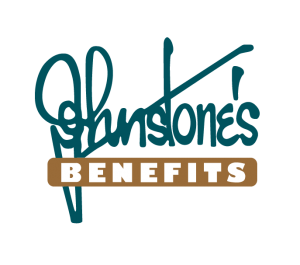The Journal
Solid Group Plans Made Simple
Canada Dental Benefit
The new Canada Dental Benefit is an interim financial support measure, intended to be the first phase of the federal Liberal government’s plan to provide dental coverage to low and middle income families. It is administered by the Canada Revenue Agency (CRA).
The Canada Dental Plan (CDB) provides payments over a two-year period for children under 12 years old if they receive dental care for which the parent has out of pocket costs and does not have access to a private dental insurance plan. Children already covered under another government dental program may also be eligible if not all dental care expenses are paid by that program.
The CRA began receiving applications and processing payments for the benefit on December 1, 2022.
First Benefit Period – October 1, 2022 to June 30, 2023
To be eligible, the child must meet the following criteria:
- Born on or after December 2, 2010
- Child receives dental care services in Canada between October 1, 2022 and June 30, 2023
- Child does not have access to a private dental insurance plan and is not fully covered under another government dental plan.
- The person applying for the dental benefit must confirm they are the only parent or caregiver receiving the Canada Child Benefit (CCB) for that child as of December 1, 2022, or they have shared custody of that child and share CCB payments.
- The person applying and spouse (if applicable) have filed 2021 taxes
- The adjusted family net income is less than $90,000 in 2021
- If less than $70,000, benefit = $650 per eligible child
- If more than $70,000 but less than $80,000, benefit = $390 per eligible child
- If more than $80,000 but less than $90,000, benefit = $260 per eligible child
Second Benefit Period – July 1, 2023 to June 30, 2024
The interim Canada Dental Benefit can provide an additional payment for some children who have dental costs more than $650 in one of the benefit periods.
To be eligible for an additional payment,
- The person was eligible and received a payment for the first benefit period.
- Another person has not applied for this additional benefit for the child in the second benefit period.
- The child’s dental costs were more than $650 for services received during the first benefit period.
The person must apply for the eligible child’s first payment for the second benefit period before they can apply for the additional payment. The additional payment for either benefit period will only be available when the second period opens for application.
Canada Child Benefit
The Canada Child Benefit (CCB) is a non‑taxable amount paid monthly to help eligible families with the cost of raising children under 18 years of age. The CCB may include an additional amount for the Child Disability Benefit, which is an additional monthly benefit included in the CCB to provide financial assistance to qualified families caring for children who have a severe and prolonged impairment in physical or mental functions.
By applying for the CCB, the person also registers their children for the goods and services tax/harmonized sales tax (GST/HST) credit, climate action incentive payment (CAIP), and any related federal, provincial, territorial programs administered by the CRA. To be eligible for the Canada Dental Benefit, the child must be registered for the CCB.
Impact to Dental Benefit?
Our December 2021 Johnstone’s Journal outlined the current provincial and territorial dental plans, which are generally very limited in providing dental coverage for children.
Offering an employer-sponsored dental insurance plan makes sense for many organizations, and is often used as an attraction and retention tool. Employers can pay for a dental plan with no tax consequence for their employees, and take advantage of group purchasing power to get lower premium rates because they are buying benefits for many employees. Group plans often offer higher coverage levels, and if the company pays a portion or all of the costs, it makes the dental an even more valuable “benefit” for employees.
Adding to or substituting an employer-sponsored dental plan with a Health Spending Account (HSA) may also make sense for some employers, again taking advantage of dental expenses being non-taxable in Canada.
